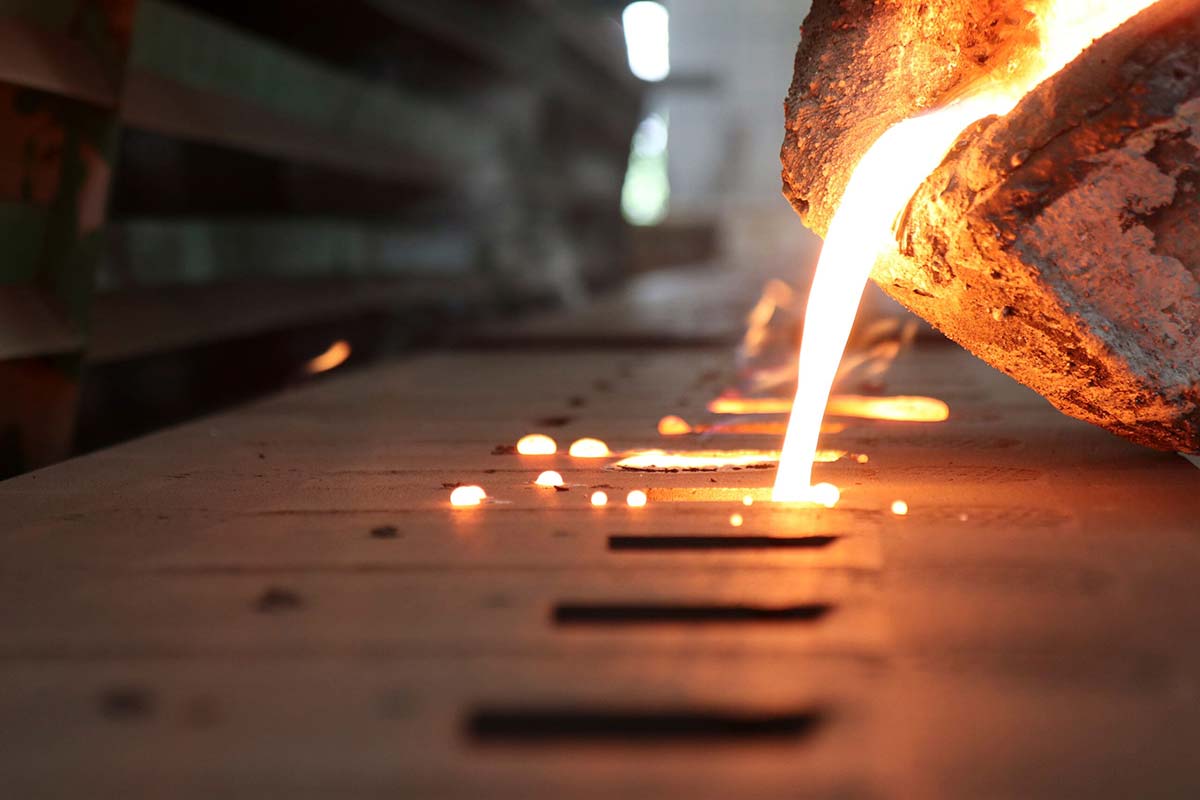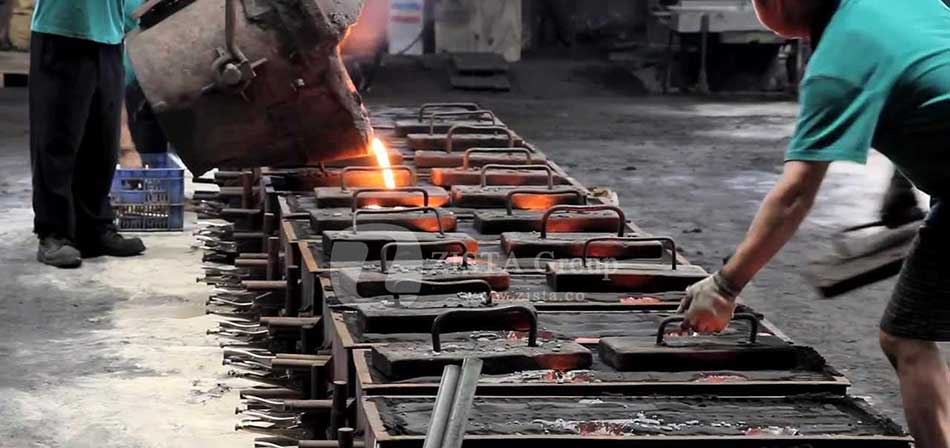We have attempted to provide interesting and comprehensible information regarding Gilsonite chemical composition in this article. Gilsonite in Chemistry, Gilsonite in Chemistry, and so on will be covered in this article of Asiagilsonite. We’ll go into the faults in each title in precise detail.
But first, let’s explore this key question:
What gilsonite chemical composition?
The following materials belong to the Gilsonite family:
1) Tar:
Coal tar is a sticky brown or dark black liquid with a naphthalene and aromatic hydrocarbons smell. As coal tar is flammable, this is often used to heat or ignite boilers. It’s used in coal tar soap and medicated shampoo to kill and repel head lice, including as a dermatitis treatment.
2) Coal Tar:
It’s a liquid metabolic end of the coal distillate that’s used to produce coke. Town gas is the title for the gaseous by-product of this procedure. It’s used to coat hardwood poles and sleepers, along with iron poles.
3) Pitch of Coal Tar:
It’s the byproduct of the high-temperature carbonization of coal, which results in the straight distillation of crude tar. In masonry, steel, and timber structures, it is utilized as a flame retardant compound. It’s also used to preserve concrete constructions dry.
4) Mineral Tar:
It’s made from Gilsonite shale that’s been drained.
Gilsonite’s chemical compositions:
Gilsonite is a chemical combination with a molecular weight range of 300 to 2000, with an average of 500 to 700. Chemical properties of Gilsonite constituted consisting of carbon and hydrogen (87 percent carbon and 8% hydrogen), with minor amounts of sulphur, nitrogen, oxygen.Gilsonite are primarily polycyclic aromatic hydrocarbons that have been extensively condensed. They also include a variety of elements, some of which are poisonous.
Gilsonite is made up of the following chemical components:
- Asphaltenes: a type of asphalt.
- Components made of resin
- Aromatic non-polar compounds
- Saturated fatty acids
Gilsonite in Chemicals:
Gilsonite, as previously stated, can be combined with a wide range of chemicals and materials to take advantage of its unique physical and chemical capabilities.
Binder and coating utilises in the metallurgical, wood products, refractory, and other industries highlight the material’s versatility and utility.
Natural rubber can be replaced with this substance, which is non-toxic, non-carcinogenic, and cost-effective. Also the gilsonite chemical formula is C28H16Cl8O8.
The best chemical properties of Gilsonite is high asphaltene content. Because in metal alloys, gilsonite is utilized as a solidifying agent. When added to melted steel, this material has a high carbon content, which generates a reductive environment. Gilsonite is utilised as a solidifying agent in the shaping of metals once more. gilsonite chemistry
Gilsonite chemistry seems to have a profound impact on human life. Following that, we’ll explore at how Gilsonite is used in the ceramic and rubber industries.
This material is a good lubricant and in combination with other chemicals, various products can be obtained. Some uses of Gilsonite in chemicals:
Gilsonite in Ceramic production:
Non-metallic mineral materials are defined as ceramics.
Obsidian, which originates by liquid molten crystallisation, is an example of naturally occurring ceramics. The main material of its construction is Gilsonite.
Gilsonite in Rubber industry:
Because sulphur is present in bitumen, the band that forms the molecule is 8-fold thicker, reducing rupture and rupture, which is critical in rubber manufacture. This additive improves bonding, and it retains a lot of rubber qualities even after mixed with bitumen, which can only be divided or split by hot-pressing. Bituminous rubber is more durable than normal tyres, with 2 times the durability and durability in the sun’s rays, preventing rubber tear, fracture, and spraying.
Gilsonite is also used in other industries, such as aluminum, refractory materials, paints and Furthermore, Gilsonite is used as insulated coatings for pipes.
all of these applications provide clear evidence of the compatibility and effectiveness of this material.
We discovered that gilsonite is employed in a variety of sectors, including those stated above, by looking at the chemical composition of gilsonite. This organic chemical compound is now widely used throughout the world. As promised, we got into the specifics of Gilsonite constituents, characteristics, and applications in this essay. Thank you for following us.






